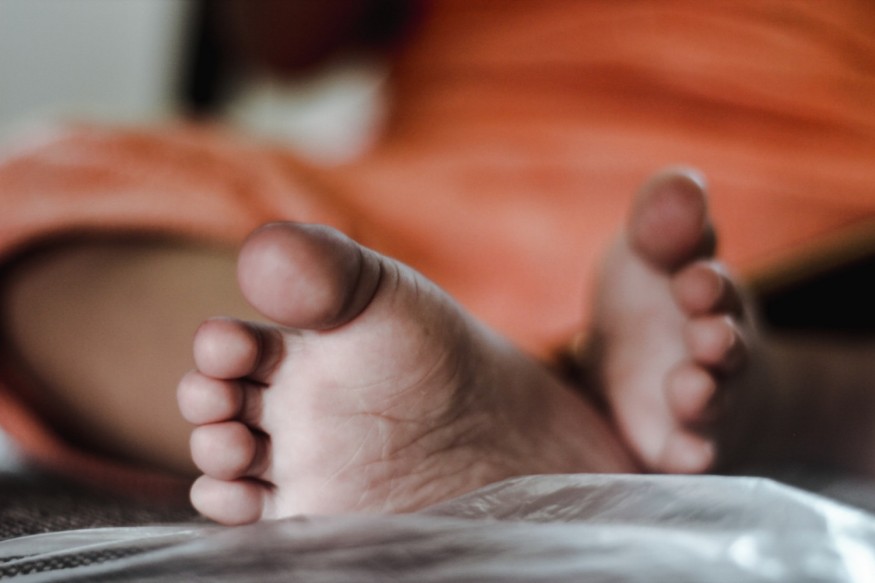
If you're struggling with plantar fasciitis, you may feel like there's nothing much that you can do to help alleviate the pain. However, custom orthotics can be a simple, non-invasive way that you can find something that works for your pain.
In this article, we're going to discuss how custom orthotics can help plantar fasciitis.
First and foremost, before we get into how custom orthotics can help, we want to first give you all the information you may need to know about plantar fasciitis. Learning everything about a condition can help you treat it-especially if you're going in to see a doctor about it, you'll want to be prepared with any questions you may have beforehand.
We hope this article can help you do so!
What Is Plantar Fasciitis?
First and foremost, we're going to start by introducing you to this new term.
Plantar Fasciitis can cause a sense of pain and discomfort from the ball of the foot to the heel bone. Since each patient may feel the pain differently, there are also various treatments that can work to help mitigate it. Fortunately, custom orthotics can help you reduce that pain all across the board.
When a patient overuses their legs or is constantly on their feet, plantar fasciitis can come into play through excessive stress and aggravation. This sort of pain and stress is placed on the connective tissue when it's stretched. These ligaments from the heel bone to the ball of the foot is called the plantar fascia, which is where the name of the issue comes from.
The ligaments on the foot become inflamed and can lead to over-tightening and pain. The patient may be caused by tearing and inflammation of the ligament.
Symptoms of Plantar Fasciitis
Although the symptoms may vary from patient to patient, there are some common ones across the board.
If you have plantar fasciitis, you might experience pain, stiffness or even a sharp, burning sensation.
The symptoms generally seem to come on after a long night of not moving and longer periods of sitting or standing. This sort of non-movement can lead to swelling and tenderness in the plantar fascia.
It can also come on by wearing the wrong shoes. Even though you might be looking to wear comfortable tennis shoes for wide feet instead of focusing on the issue, there might be other causes that are leading to the pain.
It can be caused by:
Tightness in the calf muscles and lack of stretching-especially after a long time standing, sitting or not moving.
Unhealthy status of obesity can lead to an extra amount of weight and stress placed on the plantar fascia. Disease and sicknesses like arthritis can also lead to plantar fasciitis.
Your age can also play a role in how common plantar fascia is for you across the board-especially if you are involved in high-stress activities like long-distance running or are on your feet for a long workday.
Poor quality shoes and foot mechanics-whether your shoes are not fit properly with correct arch support or if you also have an abnormal pattern of walking.
So, how can orthotic insoles help with plantar fasciitis?
Finally, we've gotten to the bulk of the matter. An orthotic insole can help minimize the stress that your feet may be feeling from these causes.
Custom-made foot orthotics are designed to help ease that stress and stretch of your feet and help reduce the pain in your everyday stress.
Since there are more expensive custom-made orthotics, you can invest in standard orthotics. However, getting a prescription or custom-designed pair of orthotic insoles can minimize the risk of pain that can be solved when you have help precisely made to fit your issue.
It can be dynamically shaped to the contours of your feet as well as adhere to your specific anatomical arch support. Especially if you have an abnormal inward motion of the foot (pronation), investing in an insole can help again the balance in your feet and reduce the risk and possibility of pain. They also help reduce the stress when it comes to shock absorption, reducing the shock on the heel
© 2025 ScienceTimes.com All rights reserved. Do not reproduce without permission. The window to the world of Science Times.












